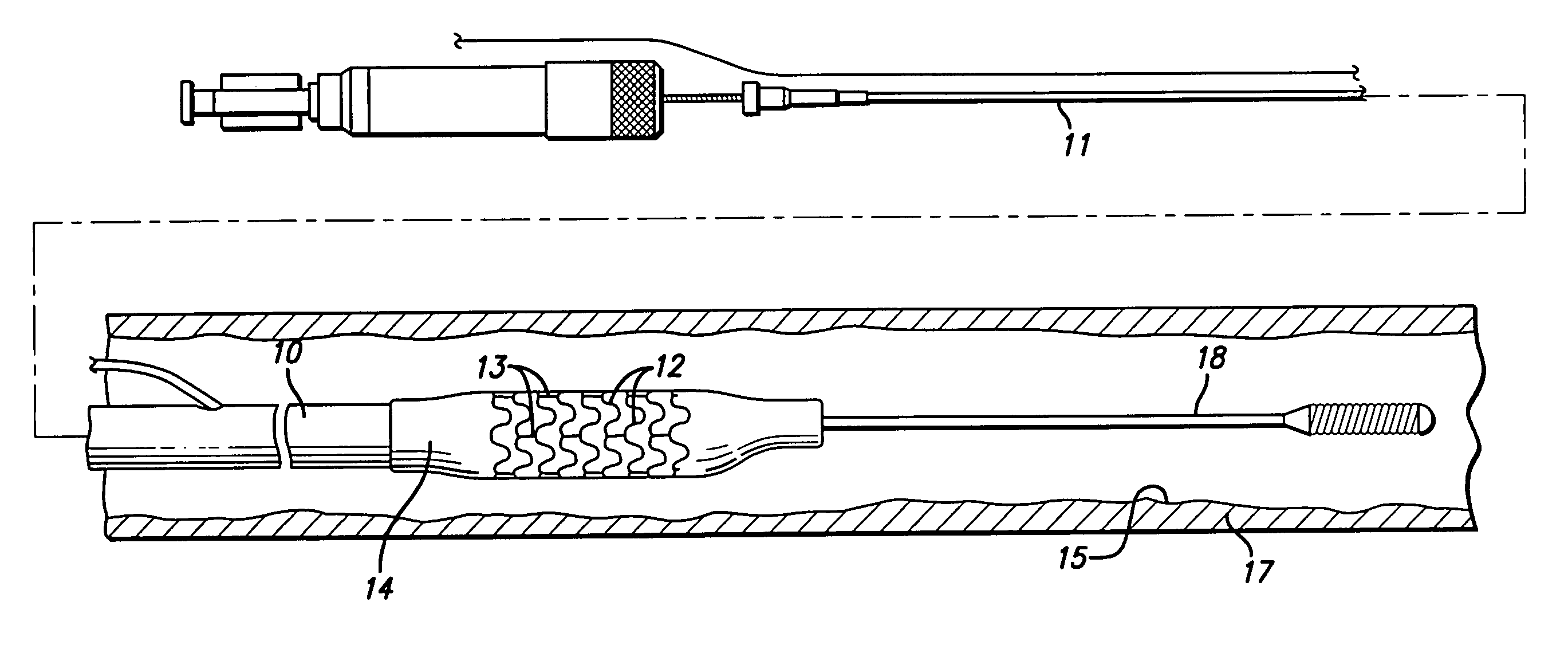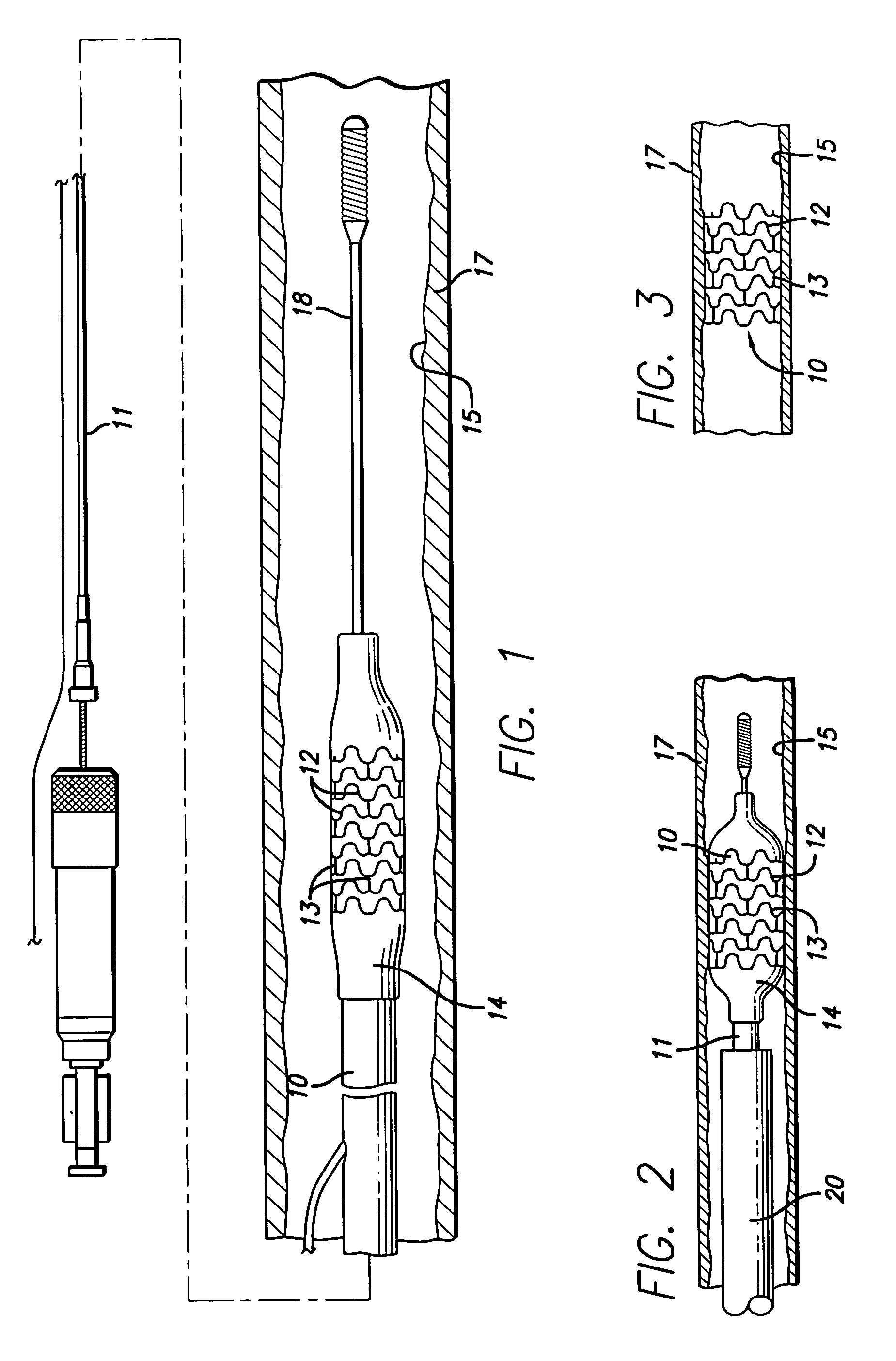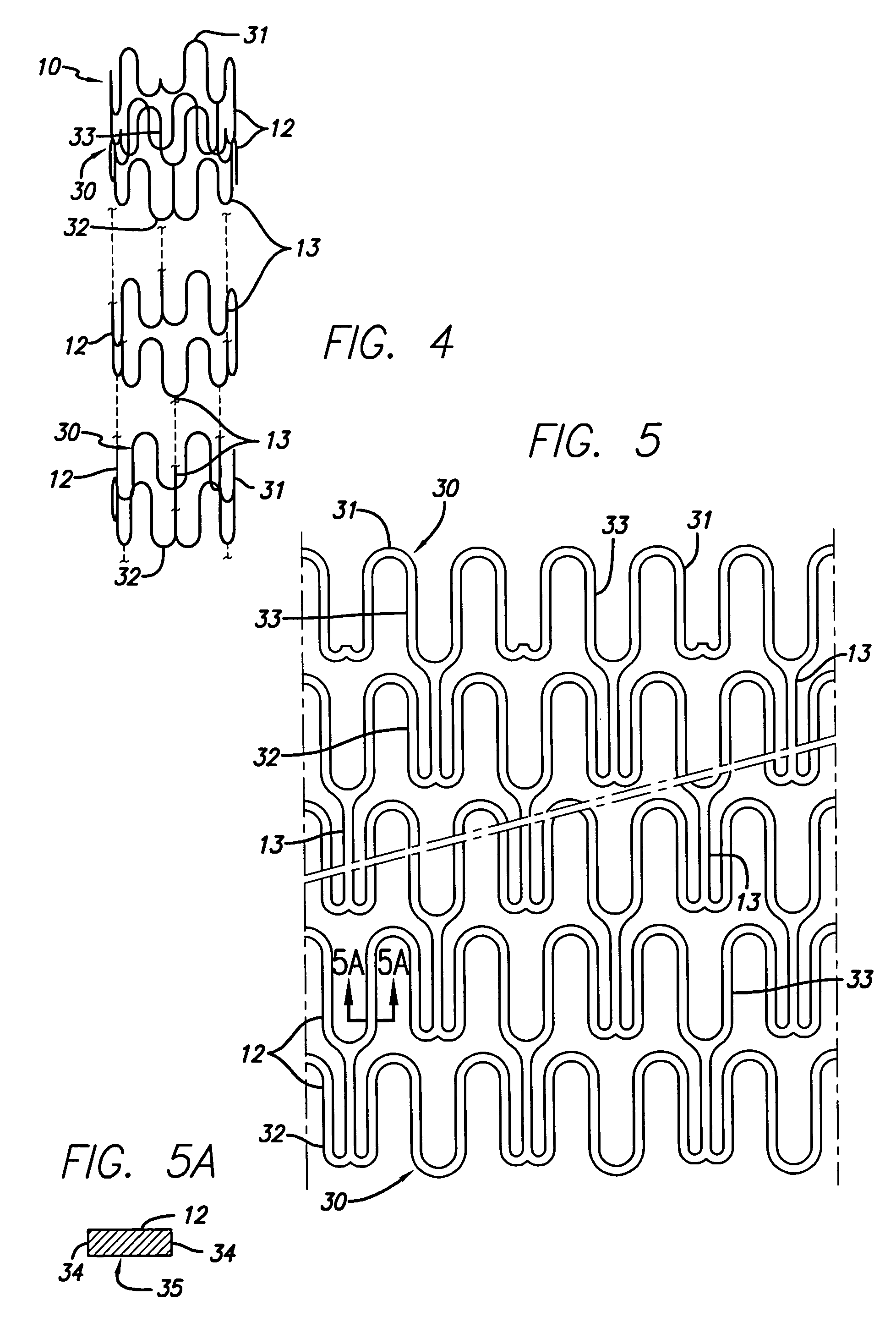Method and apparatus for thermal spray processing of medical devices
a technology of thermal spraying and medical devices, applied in the field of medical devices, can solve the problems of large number of patients subject to restnosis in the treated artery, patient may require immediate medical attention, and formation of intimal flaps, etc., and achieves the effects of low capital investment, simple operation and convenient processing
- Summary
- Abstract
- Description
- Claims
- Application Information
AI Technical Summary
Benefits of technology
Problems solved by technology
Method used
Image
Examples
Embodiment Construction
[0058]The present invention relates to manufacturing processes for forming a medical device such as tube stock or piece of tubing, a wire, or to provide a coating on a tube for subsequent use as an intravascular stent, a guide wire, a ring marker, defibrillator lead tips, catheters and delivery systems. While virtually any medical device that is implanted or used in the body will benefit from the present invention, the invention as applied to stents is described herein as only an example and is not meant to be limiting. Thus, tube stock or wires made or coated by the process of the present invention might be used for stents, guide wires, catheters, markers, lead tips, and the like.
[0059]Stents are well known in the art and can have many different types of patterns and configurations. The following description of an intravascular stent as shown in FIGS. 1–5A, is a typical stent pattern made from stainless steel tubing. Other patterns are well known in the art and the foregoing descri...
PUM
 Login to View More
Login to View More Abstract
Description
Claims
Application Information
 Login to View More
Login to View More - R&D
- Intellectual Property
- Life Sciences
- Materials
- Tech Scout
- Unparalleled Data Quality
- Higher Quality Content
- 60% Fewer Hallucinations
Browse by: Latest US Patents, China's latest patents, Technical Efficacy Thesaurus, Application Domain, Technology Topic, Popular Technical Reports.
© 2025 PatSnap. All rights reserved.Legal|Privacy policy|Modern Slavery Act Transparency Statement|Sitemap|About US| Contact US: help@patsnap.com



